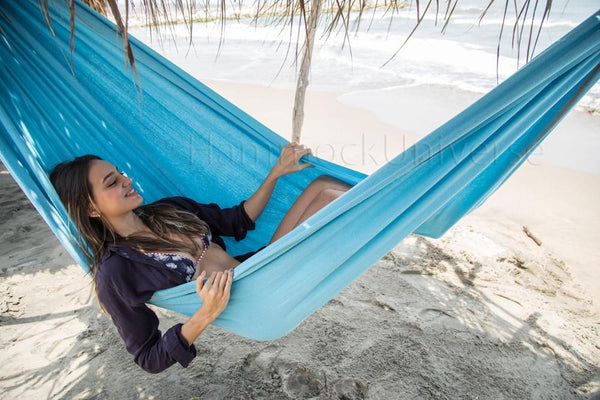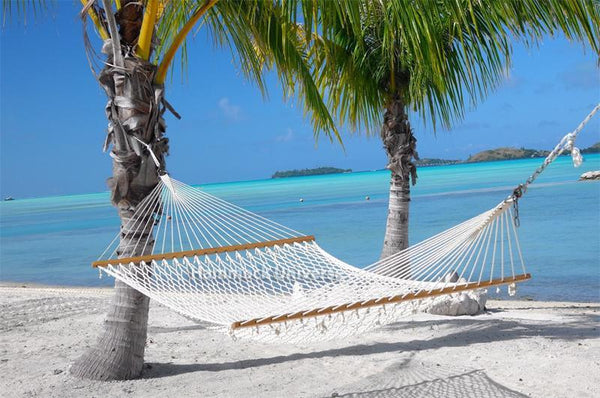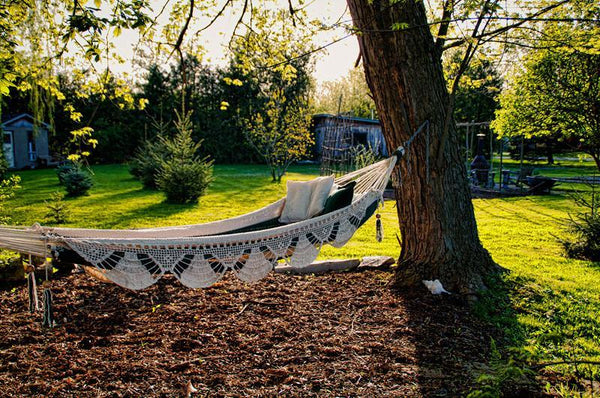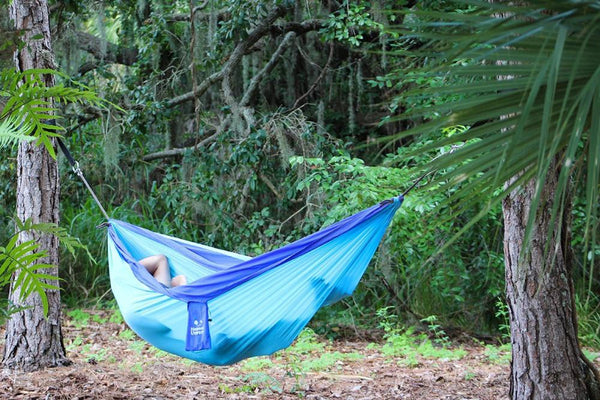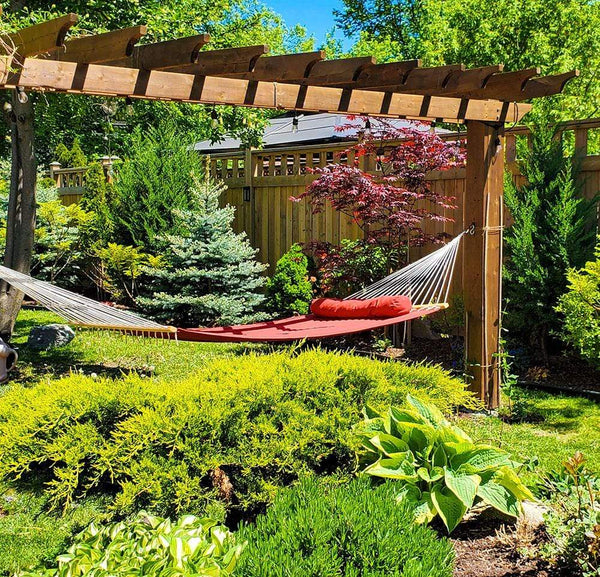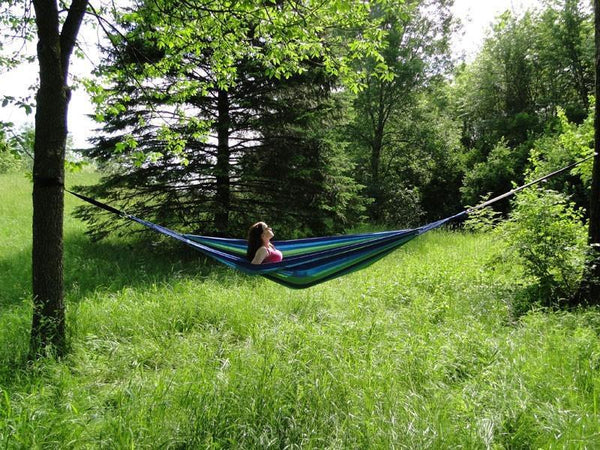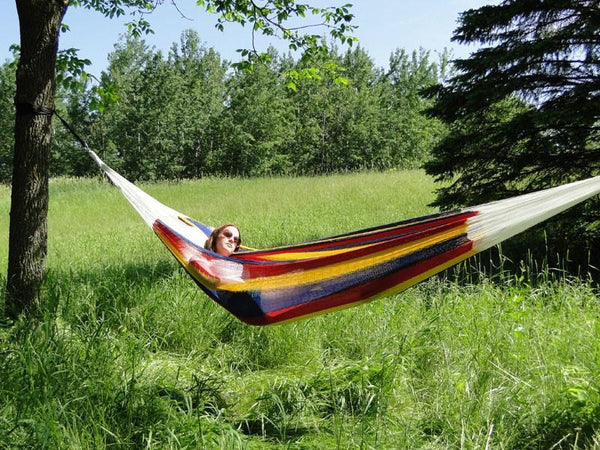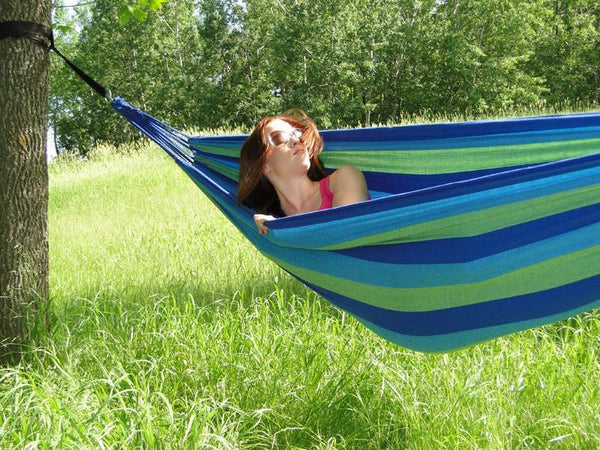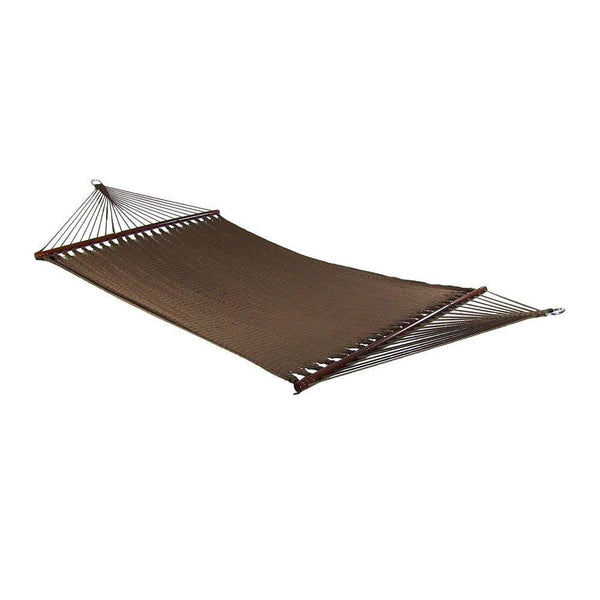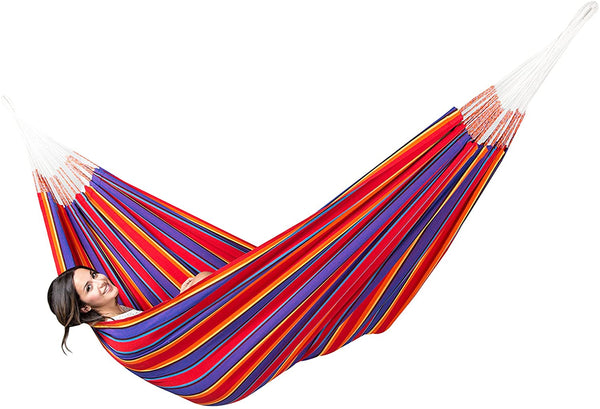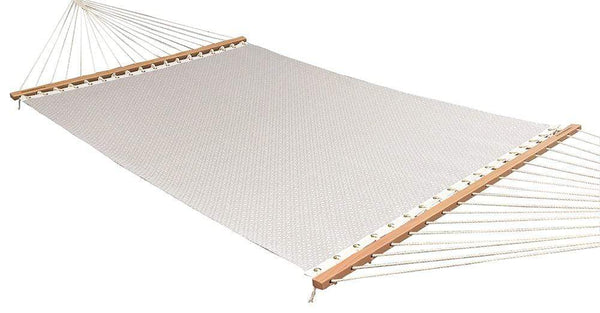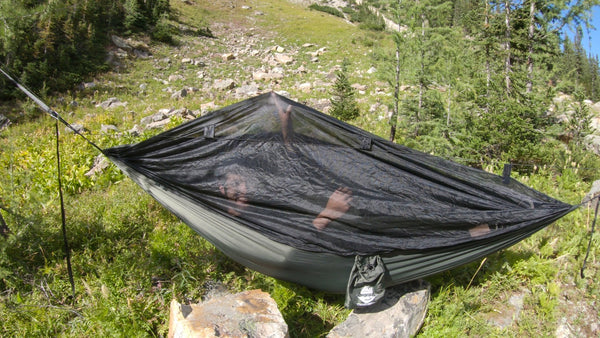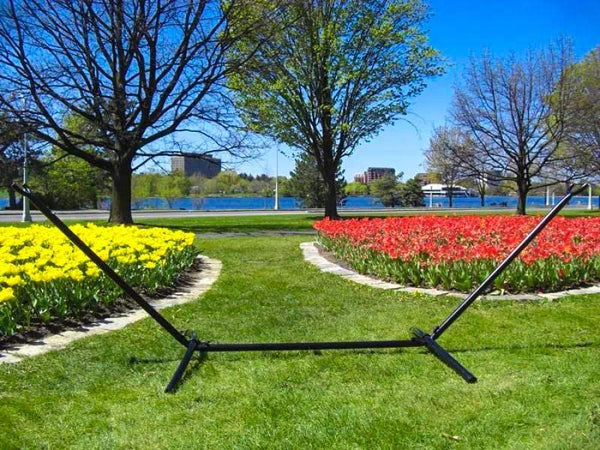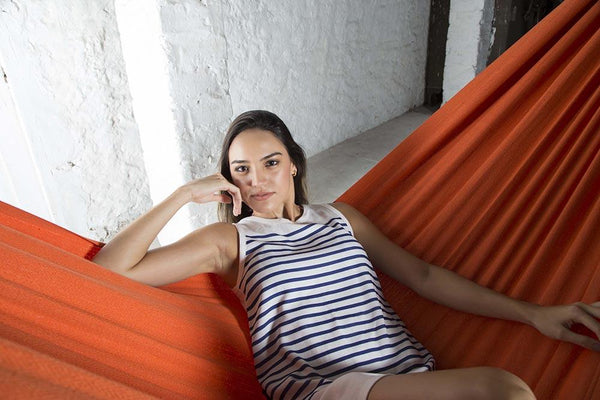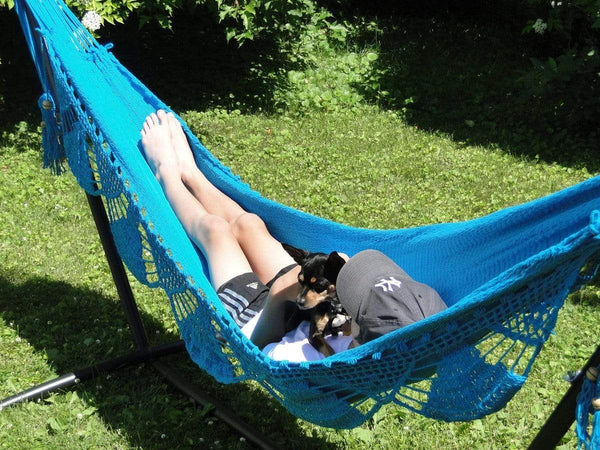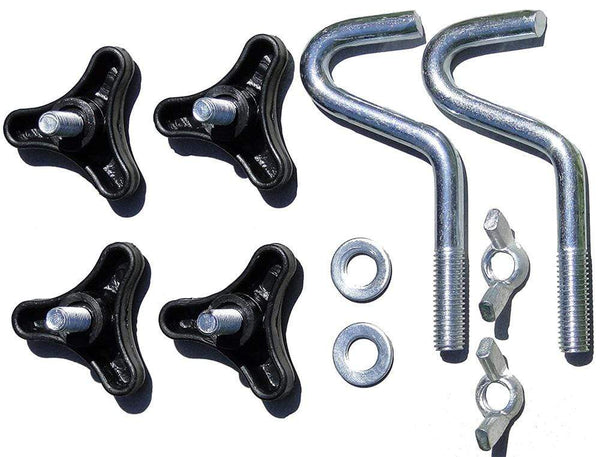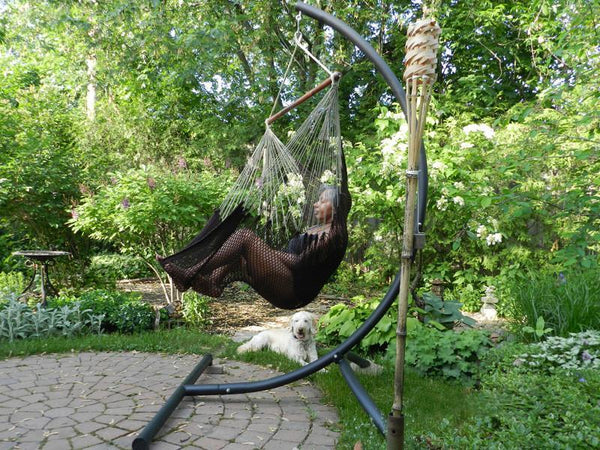FREE SHIPPING on most orders $25+ HAMMOCK BUYING GUIDE
Menu
-
-
Hammocks
-
Hammock Stands
-
Hammocks with Stands
-
Hanging Hammock Chairs
- View all Hammock Chairs
- Brazilian Style Hammock Chairs
- Colombian Hammock Chairs
- Mayan Hammock Chairs
- Mayan Hammock Chairs Deluxe
- Universal Hammock Chair Stand
- U Hammock Chair Stand
- Brazilian Hammock Chair with Universal Chair Stand
- Colombian Hammock Chair with Universal Chair Stand
- Mayan Hammock Chair with Universal Chair Stand
- Mayan Hammock Chair Deluxe with Universal Stand
-
Accessories
- Gift Cards
- Tools and Guides
- Bargain Bin
-
- 1-800-207-4761
- Login

FREE SHIPPING on most orders $25+ HAMMOCK BUYING GUIDE
The Best Hammock Fabric For You
February 10, 2023 7 min read
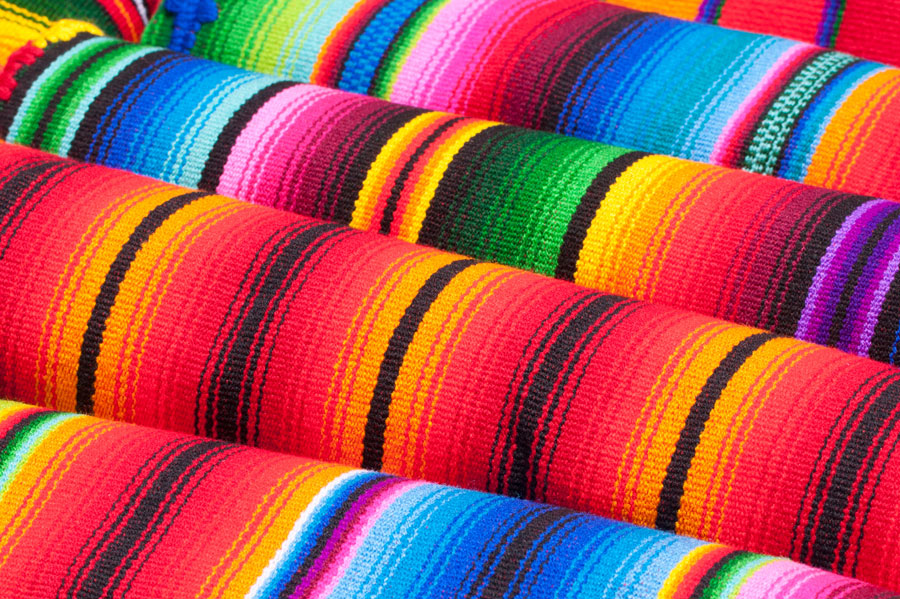
An Overview of The Different Options Available
Are you looking for the perfect hammock fabric that will let you unwind and relax in style?
With so many options out there, it can be difficult to choose the right one! But no worries, we've got your back--literally. We're going to run through the different hammock materials available, from cotton to nylon to rope.
We'll give you the lowdown on the advantages and disadvantages of each, so you can pick the best one for your needs. Plus, we'll share some basic care tips to help you keep your hammock in tip-top shape!
What Types of Fabric Are Used?
If you're in the market for a new hammock, one of the most important factors to consider is the type of fabric that it's made of.
Hammocks can be crafted from a variety of materials, each with their own set of pros and cons. Some of the most common hammock fabrics include cotton, polyester, and olefin. Each of these materials have unique qualities that impact factors such as durability, comfort, and resistance to the elements.
By understanding the differences between these materials, you can choose the best hammock fabric for your needs and enjoy a comfortable and relaxing outdoor experience.
Cotton Material
Starting off with a crowd pleaser, cotton is a popular fabric for hammocks because it's soft, breathable, and comfortable. Cotton hammocks come in a variety of colors and patterns, making it easy to find a style that fits your personal taste. On top of that, it's a natural material that's gentle on the skin, making it a great option for people with sensitive skin.
Pros & Cons
One of the biggest advantages of cotton is its affordability. Cotton hammocks can be less expensive than those made of other materials, making them an appealing option for budget-conscious shoppers. Another plus, is the wide range of colors that cotton comes in, making for a stylish option.
However, cotton does have some downsides. It's not as durable as other fabrics, which means it may not hold up as well over time. Cotton is also prone to mildew and can take longer to dry than synthetic materials.
To help extend the life of your cotton hammock, it's important to take good care of it. Make sure to keep it clean and dry, and store it in a dry place when it's not in use.
If you're looking for a comfortable and affordable option, cotton is a great choice for your hammock.
Nylon Material
Nylon is a synthetic material that's become increasingly popular for hammocks in recent years.
Nylon material stands out because of its durability. It's resistant to wear and tear, and it's also highly resistant to mildew, making it a great option for outdoor use. Nylon is also lightweight, which makes it easy to pack up and take with you on the go.
However, before you get your heart set on this type of fabric, it's important to weigh its pros and cons.
Pros & Cons
Nylon's resistance to wear, tear and mildew makes it a great option for outdoor use, and it comes in a range of colors and patterns. However, it may not be as gentle on the skin as natural materials, not to mention it can be more expensive.
One key consideration here, is some people might be sensitive to synthetic materials, so nylon might not be your best choice. In the end, the best hammock fabric for you will depend on your preferences and needs. Nonetheless, nylon is a great option for those who value durability and convenience!
Quick Dry Material
Quick dry materials, such as polyester or a blend of polyester and cotton, are a great choice for hammocks that will be exposed to moisture.
Also known as fast-drying or moisture-wicking material, quick dry material is made from synthetic fibers such as polyester, or spandex. These fibers are specially designed to wick moisture away from the body, allowing it to evaporate quickly, which helps to keep you dry and comfortable.
Quick-dry material often has a tight weave and a smooth surface that allows for easy airflow and breathability, which further aids in drying. Additionally, quick-dry material is often treated with a special finish or coating that enhances its ability to wick moisture away from the skin.
Pros & Cons
Quick dry materials, such as polyester or polyester-cotton blends, are highly resistant to water and mildew, making them a great choice for hammocks that will be exposed to moisture.
They're also highly durable and easy to clean. However, quick dry hammocks may not be as soft and comfortable as natural materials like cotton, and they may come with a higher price tag. If you're looking for a hammock that's highly resistant to moisture and easy to maintain, a quick dry material may be the best choice for you.
However, if you prioritize comfort and affordability, a natural material like cotton may be a better option.
Rope Material
Next up is rope material! In its use for hammocks, it's generally made from natural fibers such as cotton or synthetic fibers like polyester. Cotton rope is made from twisted strands of cotton fibers, while synthetic rope is made from twisting or braiding synthetic fibers together.
The diameter and thickness of the rope can vary depending on the intended use of the hammock. Thicker ropes are often used for more heavy-duty or durable hammocks, while thinner ropes may be used for lighter-weight or more portable hammocks.
Polyester rope hammocks are highly popular given the quality of the material. Polyester rope hammocks combine the vertu of cotton softness and polyester durability.
Some rope hammocks are also made with a spreader bar, which is a wooden or metal bar that helps to keep the hammock spread out and prevent it from wrapping around the user. Although rope material has been used to craft hammocks for years, it's important to know both advantages and disadvantages before picking this material.
Pros & Cons
Rope hammocks are a classic and affordable option that provide good breathability, making them a great choice for hot weather.
They're also easy to transport and versatile, as they can be hung between trees or on a hammock stand. However, rope hammocks may not be as durable or comfortable as other materials. The ropes can create pressure points on your body, and they require more maintenance and cleaning to keep them in good condition.
They're also more prone to wear and tear and may not last as long as other materials. If you're looking for an affordable and classic option that's easy to transport and provides good breathability, a rope hammock may be the best choice for you.
Skin Sensitivities
If you have sensitive skin, the material of your hammock can make a big difference to your level of comfort. Some fabrics, such as cotton, are soft and gentle on the skin, making them a great option for those with skin sensitivities. Some synthetic materials, like nylon or polyester, may cause skin irritation or make you sweat more, leading to discomfort.
If you have skin sensitivities, you may want to look for a hammock made from natural materials that are less likely to cause irritation.
Cotton or organic cotton are great options as they are breathable, soft, and hypoallergenic. If you are prone to having sensitive skin, then picking your hammock material is crucial to having a comfortable space to relax.
Pay attention to how your skin reacts to different materials and choose a fabric that is gentle on your skin and will provide you with the most comfort.
Best Material for Outdoors
When it comes to outdoor use, the best hammock material is one that is durable, weather-resistant, and quick-drying. Hanging outside in beautiful weather, swinging in your hammock is one thing, but you want to make sure if bad weather strikes your hammock can withstand it.
Here are some popular options:
-
Polyester: Polyester hammocks are durable as they are less prone to fading and deterioration from exposure to the elements. They are also often more affordable and easier to clean.
-
Nylon: Nylon hammocks are lightweight and highly portable, making them a popular choice for backpackers and campers. They are also highly resistant to the elements, making them a good choice for outdoor use.
Both of these options are generally lightweight, easy to clean, and dry quickly. On top of these features, they are resistant to mildew and mold, making them ideal for humid or damp environments. A notable feature of polyester is its resistance to UV rays, meaning color doesn't fade or material doesn't stretch out over time.
Whichever material you choose, make sure it is sturdy enough to withstand outdoor use, and consider getting a hammock with a waterproof or water-resistant coating to protect it from rain or dew.
Best Material for Indoors
If you plan to use your hammock indoors, the best material is one that is comfortable, breathable, and aesthetically pleasing.
Cotton is an excellent option for indoor use because it is soft, cozy, and perfect for snuggling up with a book or taking a nap. Bamboo is another great option as it is known for being soft and luxurious, with a beautiful natural sheen that will look great in any indoor space.
When choosing a hammock for indoor use, focus on comfort and style, and make sure the material is gentle on your skin and won't leave marks or indentations.
Basic Care Dos and Dont's
To keep your hammock in good condition, there are a few basic care dos and don'ts to keep in mind.
-
Do make sure to read the care instructions that come with your hammock, and follow them carefully.
-
Don't leave your hammock outside in the rain or harsh sunlight for extended periods.
-
Do use a mild detergent and cool water to clean your hammock, and air dry it out of direct sunlight.
-
Don't use bleach or harsh chemicals, and avoid using a dryer or iron on your hammock.
Another great practice is to make sure to read the care instructions that come with your hammock and follow them carefully. If you're looking for further guidance, check out our website for additional care instructions.
By following these simple care tips, you can help ensure that your hammock stays clean, comfortable, and in good condition for years to come.
The Takeaway
In the end, choosing the best hammock fabric depends on your specific needs and preferences. Consider the different options, from cotton to quick-dry and rope materials, and weigh the pros and cons of each.
With the right hammock fabric, you can relax and unwind in comfort and style, whether you're lounging indoors or enjoying the great outdoors. Check out our shop to explore our wide range of hammocks!
Safety First!
When using a hammock*, safety is paramount. Please make sure to follow these important guidelines when purchasing, installing and using a hammock
*(includes Hammock, Hammock Chair, Hammock Stand and Hammock Accessories)
Safety First!
When using a hammock*, safety is paramount. Please make sure to follow these important guidelines when purchasing, installing and using a hammock
*(includes Hammock, Hammock Chair, Hammock Stand and Hammock Accessories)
Related Products
Want to relax?
Join for exclusive content and promotions we only give to our email list!
